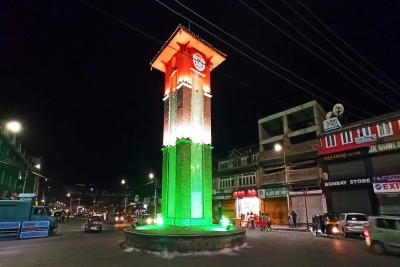
By posing such a question, we aren’t attempting to touch upon the myriad cultural linguistic political and other factors that are at play in India and make our country tick on an everyday basis instead, we are merely focussing on the Indian Standard Time (IST), which also makes our nation tick, albeit in a different manner.
When was it adopted?
The IST was adopted as the official time of our country on September 1, 1947, just a little over a fortnight after we gained our independence from the British Even though Kolkata and Mumbai retained their own local time known as Calcutta Time and Bombay Time until 1948 and 1955 respectively, the rest of the country adopted it rather quickly.
Now observed throughout the country, IST is given as UTC+5:30 This means that IST is five and a half hours ahead of Coordinated Universal Time (UTC) While IST is computed on the basis of 82.5 degrees East longitude, time signals are generated in the Time and Frequency Laboratory at the National Physical Laboratory in New Delhi. The signals generated are based on atomic clocks that are in sync with a worldwide system of clocks supporting UTC.
What are the problems?
Two questions that are often posed with respect to India following the same time throughout the country are the lack of time zones and the absence of daylight savings (this is the practice according to which clocks are advanced during warmer months as a result of which darkness falls at a later clock time). As our country spans over 2,000 km in the east-west direction, this means that the sun rises and sets almost two hours earlier in the eastern bonder than places that are located in the western border. The argument is that without time zones and daylight savings, those sticking to the clocks lose out on valuable sunlight and also use up more energy after daylight hours.
While these questions have been raised and proposals to counter them have also been provided these haven’t been accepted and implemented so far. The feasibility of multiple time zones and the need for daylight savings in India are still being probed, but for now, we have IST as the single time zone observed throughout India.
Picture Credit : Google




